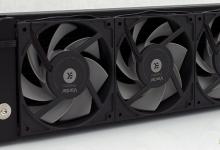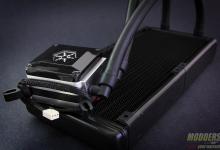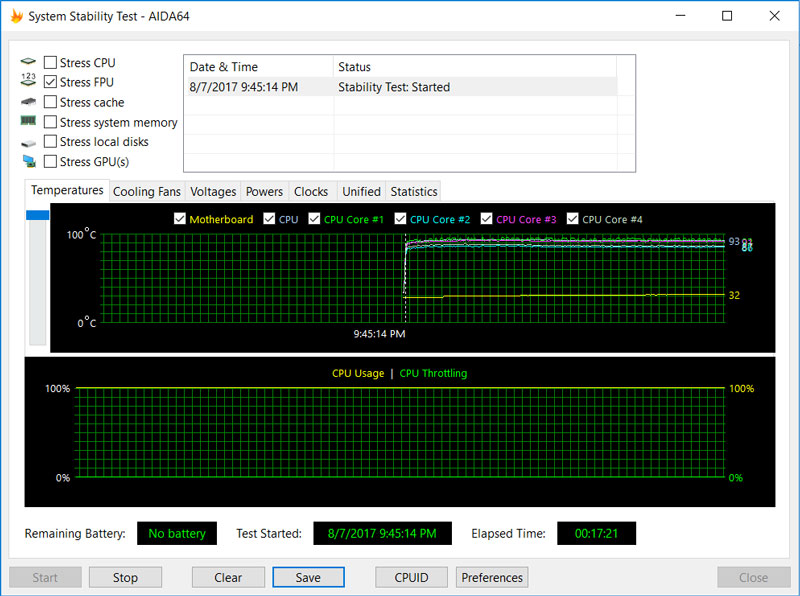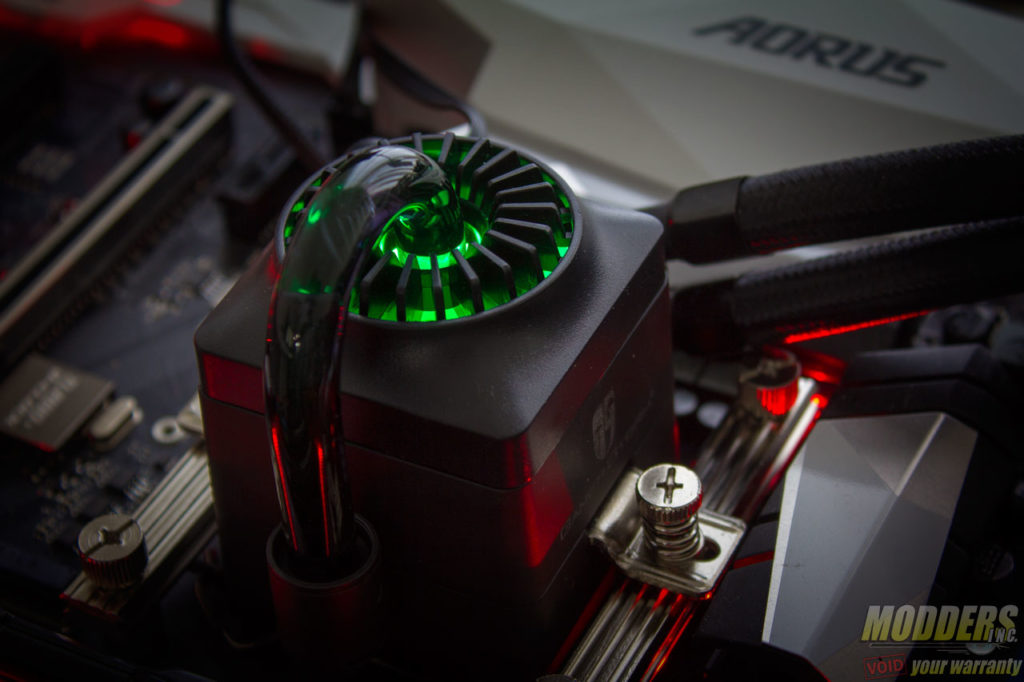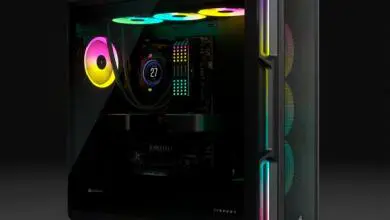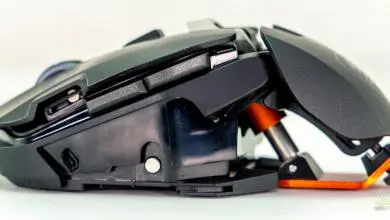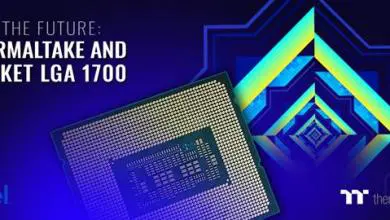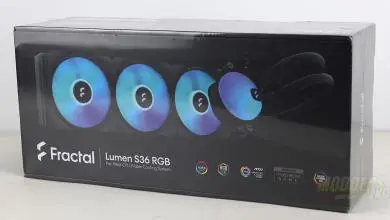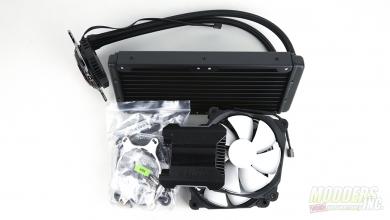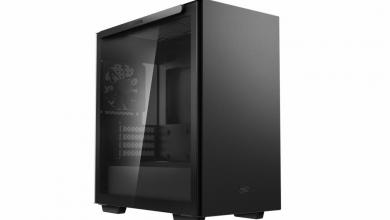Deepcool Captain 240EX RGB AIO CPU Cooler Review
Test System and Benchmark Results
Test System:
| Processor | Intel Core i7-7700K (non-delidded) |
| Motherboard | AORUS Z270 Gaming 5 |
| Memory | HyperX Fury 2666 MHz |
| Drive | Seagate 500GB 7200.12 HDD |
| Video Card | Intel Integrated Graphics |
| Thermal Compound | Noctua NT-H1 |
| Case | DimasTech Mini v1 |
| Power Supply | Corsair HX850W |
| Operating System | Windows 10 x64 Pro |
Test was conducted on a DimasTech MiniV1 open-air test-bench for parity performance between tower-style coolers and C-type downward or upward blowing coolers. Ambient temperature is measured at the fan intake and kept as constant as possible (room controlled temperature). All case and heat sink fans were benchmarked with fan control settings disabled and running at 100% unless otherwise specified.
To get closer to real world performance, a non-delidded Intel i7-7770K CPU was used. Integrated Intel graphics is used so that a discrete GPU does not add heat near the CPU area.
CPU Loading Methdology
Temperatures are averaged (last minute) from individual core temperature results monitored by AIDA64 after 15 minutes using the default CPU, FPU, Memory and Cache simultaneous load. AIDA64 is able to use the latest instructions including AVX and AVX2, etc unlike other older CPU load tests so it is also a lot more “future proof” as more software start to utilize it.
FPU-only load average is used to simulate worst case scenario load levels similar to Intel Burn Test or OCCT. Please keep in mind that this test is brutal and not even close to real-world load (especially not that constant for that amount of time), so not many CPU coolers are expected to pass this test but the ones that do are exceptional. Results marked “100″ and in red means thermal limit was reached and the CPU was throttled, even for just but a second. This includes results where even just the first core reached the limit and even if it briefly happened.
It is marked as 100 in red in the review if it happens three times. Three runs are conducted per cooler and a fourth run is done after a remounting to verify. Last minute average is taken instead of peak because it represents the averaged behaviour of the thermal performance instead of worst-case scenario or a snapshot. Temperature delta results are used to account for variance since not all heatsinks can be conducted on the same day.

Sound Testing Methodology
The Corsair HX850W power supply’s fans only ramp up when system load is past 20% making it an excellent power supply to use for when testing the CPU cooler’s noise levels. Any load under that and the fan does not spin at all, effectively acting in passive mode.
The American Recording Technologies SPL-8810 meter is placed 20-inches/50cm from the source fan to measure sound level. The entire test unit is moved to an acoustically treated room to get the ambient noise as low as controllably possible for real-world results. All other fans are disabled to eliminate sound sources that are not from the cooling unit itself that is being tested. This includes all case fans and all other component fan is shut off. The boiler during winter or the air conditioner during summer is also shut off to eliminate ambient noise further and sound testing is conducted from 2AM to 5AM so sound traffic from the outside is minimized as much as possible. Fan levels are controlled manually via software and at a separate time from the temperature testing.
Sound level measurement is logarithmic so it is on a separate graph than temperatures because it is on a completely different scale.
Benchmarks
Stock Load Benchmarks
4.7GHz Load Test
15-minute Sustained Load Test:
Any CPU cooler considering itself high-end or cost over $90 should pass this test. Mainstream coolers fail this test quicky, and older generation AIOs cannot sustain cooling performance without throttling for more than 15-minutes of continous FPU-only load. The Captain 240EX was close to the throttling limit but passed without a problem.
Sound Profile (Fan RPM vs Noise Level) – Room ambient noise is 34.8dBA:
| Fan Speed | 2x TF120 PWM fans |
| RPM | dBA |
| 1800 | 48.2 |
| 1600 | 45.3 |
| 1400 | 41.1 |
| 1200 | 37.5 |
| 1000 | 36.6 |
Final Thoughts
The new Deepcool Captain 240EX RGB provides significant upgrades from the non-EX Captain 240 original. While some of these are cosmetic such as the RGB LED capabilty, a lot of it is functional as well. The pump, the tubing and the fans are all upgraded to provide superior performance over the original. The new TF 120 fans are also much quieter and operate at a much lower RPM than the GF 120 fans used in the original Captain 240. Although it is still noticeably loud as is typical of an AIO fan at 1800 RPM, it’s noise level drops significantly when operating at 1500 RPM or lower. Just the noise level drop from 1800 to 1600 RPM is significant enough to warrant notice as well.
The RGB version of the Captain 240EX levies a $20 to $30 premium over the standard 240EX. This is for the RGB LED lighting on the pump, the RGB LED strip and the RGB LED inline controller. For those who already have an RGB LED solution in their system can go for the regular Captain 240EX to save money and get the same performance. They are equal spec-wise, with the exception of the RGB LED specific features. The inclusion of the RGB LED strip is a nice touch over going with an RGB LED fan, which would have raised the price much more. It is a more versatile solution and it can be implemented rather easily.
The price is a bit on the high-side considering users are also purchasing an RGB LED solution with the AIO, but the motherboard integration and alternative in-line RGB control is a welcome convenience. The unique reactor style pump-block design of the Deepcool Captain still does not fail to capture attention, especially now with the RGB LED option, it becomes a lovely focal point on any system build for the aesthetically inclined.
